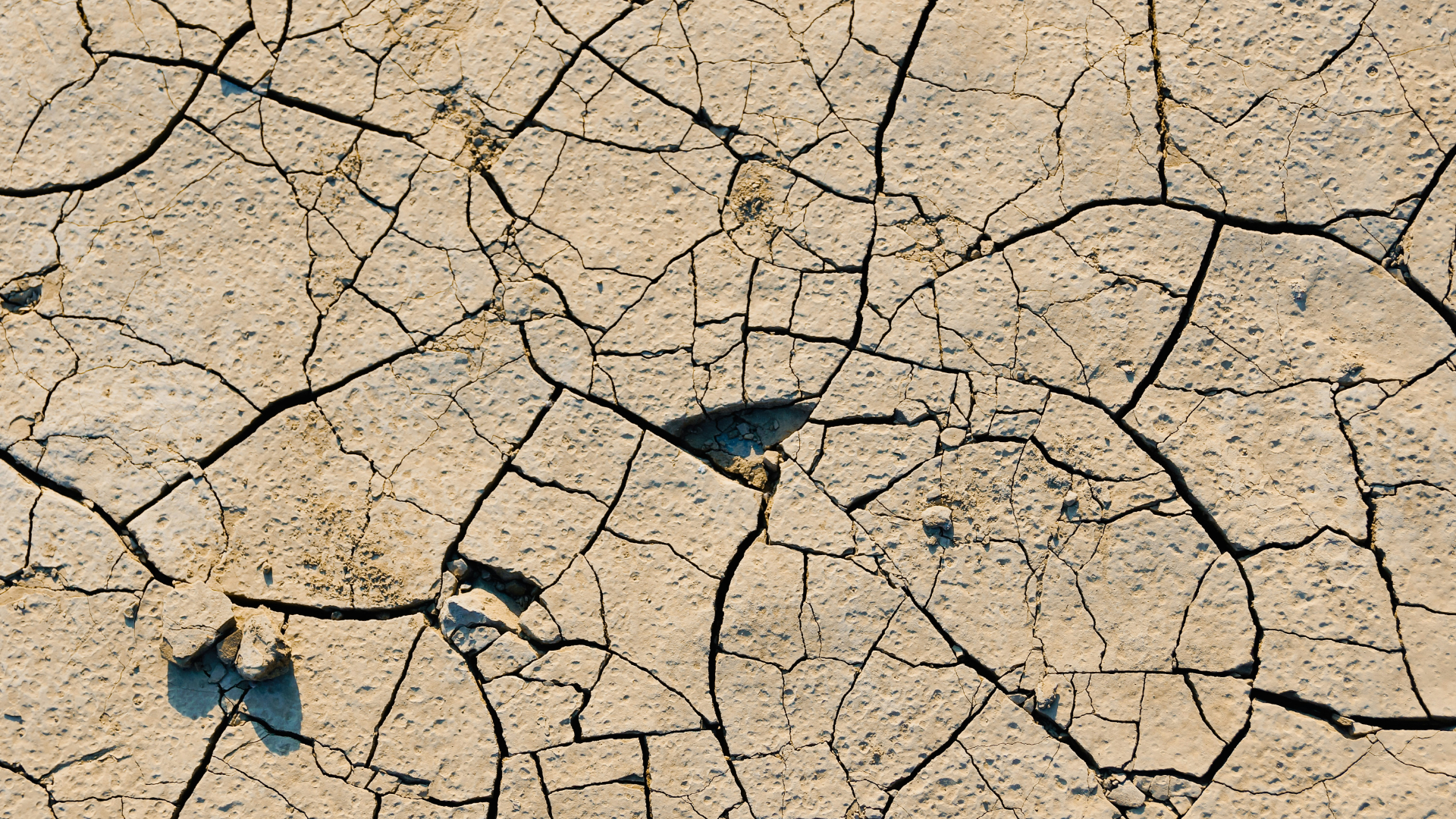Atom Trap Trace Analysis (ATTA)
Dried Soil. Image: Unsplash
The Australian Atom Trap Trace Analysis (ATTA) is a state-of-the-art facility for measuring noble gas radioisotope concentrations better than parts per trillion. It enables the full understanding of groundwater systems with a strong focus on provenance and residence time.
Overview
Led by Dr Rohan Glover and Professor Andre Luiten from the University of Adelaide, this project aimed to create a state-of-the-art facility that will improve Australian capability and capacity in investigating groundwater systems.
With a significant investment made by the Australian Research Council (ARC), CSIRO, and a consortium of universities, an additional co-investment made by AuScope helped deliver new capabilities for Australian earth sciences (e.g., geoscience, hydrogeology, oceanography, and glaciology communities), government departments (water resource management, EIS), and industry (mineral exploration, risk management, CO2 geosequestration).
The Challenge
Groundwater represents the largest accessible freshwater reserve in Australia, supplying up to half of the nation’s water needs in many regions and underpinning critical agricultural, industrial, and urban systems. Because recharge rates are slow and spatially variable—especially under a warming climate—groundwater stores are highly vulnerable to over-extraction, land-use change, and contamination.
Robust environmental monitoring of these hidden aquifers is therefore essential to safeguarding water security, maintaining ecosystem health, and informing adaptive management practices as surface supplies become increasingly unreliable.
Outcomes
Development of the Adelaide ATTA as a semi-commercial analysis facility for earth sciences and other interested parties. By bringing this cutting-edge technology onshore, the facility has helped fill critical gaps in national research capability, eliminating reliance on overseas laboratories, accelerating data turnaround, and fostering interdisciplinary collaboration.
Inclusion of radioactive noble gas (RNG) measurements into the EarthBank (formerly AusGeochem) repository. ATTA has dramatically enhanced Australia’s capacity to date and trace groundwater on timescales from decades to millennia, using ultrasensitive measurements of noble gas isotopes such as Krypton-81, Krypton-85, and Argon-39.
Who will benefit
The ATTA facility will benefit a wide range of stakeholders, including water resource managers, environmental regulators, agricultural planners, and Indigenous communities who rely on groundwater for cultural and economic purposes. The high-precision groundwater dating tools will enable more accurate models of aquifer dynamics and recharge rates, helping researchers and government agencies develop environmental policies and compliance.
Access
Instrument Access: Once fully functional, the ATTA facility will be open to the wider researcher community.
Data Access: All datasets will be made accessible through EarthBank (previously known as AusGeochem).
Project Name
Atom Trap Trace Analysis
Project Lead
Timeframe
2021 to 2023
Status
Completed
Funding
Pilot 3
Host
The University of Adelaide (UoA)
Other Collaborators
CSIRO
Australian Research Council (ARC)
Additional Links
Atom Trap Trace Analysis (ATTA) | Institute for Photonics and Advanced Sensing | University of Adelaide
AuScope Programs
Acknowledging AuScope & NCRIS
This project was made possible by support from the National Collaborative Research Infrastructure Strategy (NCRIS) via AuScope.
Acknowledging AuScope and NCRIS helps us demonstrate the value of shared research infrastructure, ensuring continued support and resources for the research community.
For examples of acknowledgment, please visit our ‘How to Acknowledge AuScope’.
We’d love to see your work—please tag us on social media using:
@auscope | #AuScopeImpact | #NCRISimpact


